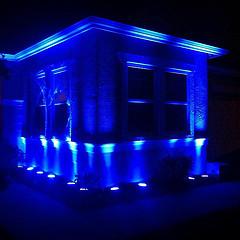Note: I regularly ghost-write for my clients…here’s one of my favorite articles I wanted to share with you.
Did you know that adolescents with autism spectrum disorder (ASD) are at least three times more likely to be verbally and physically bullied? Some experts believe that the primary characteristics of ASD, such as communication difficulties and trouble understanding sarcasm and humor, make some kids with ASD easy targets for bullies.
As we already know, victims of bullying are at greater risk for depression, anxiety, and other mental health problems; problems that can compound the stress and anxiety many autistic children already feel in social situations. Bullying of those with ASD tends to increase as the child reaches adolescence most likely due to the more increasingly complex social interactions and pressure for teens to conform.
As with most forms of bullying, bullying of those with ASD decreases with increased awareness, bystander intervention, and peer support. Expert believes that Social/Emotional Learning (SEL) programs that specifically address interacting with people who have disabilities can help adults and children become better equipped to interact with those with ASD as well as intervene in a bullying situation.
Please join me and countless others on April 2nd, World Autism Awareness Day (WAAD), as we raise awareness about this growing global health crisis. In the United States, 1 in 88 people have ASD, the majority of them are male. According to the National Autism Association, “Autism impacts the normal development of the brain in the areas of social interaction, communication skills, and cognitive function. Individuals with autism typically have difficulties in verbal and non-verbal communication, social interactions, and leisure or play activities.” Experts believe early detection and intervention can help those diagnosed with ASD to reach their full potential.
Around the world, hundreds of stores, stadiums, bridges, landmarks, hotels, homes, and offices will Light It Up Blue next Wednesday, April 2nd. You can help by lighting up your own home, wearing blue that day, sharing information about Autism with your social network, or attending a local fundraising event.
For more information about WAAD and Light It Up Blue, visit AutismSpeaks.org.
Photo: ©2013 No Limit DJs (https://www.flickr.com/photos/nolimitsdjs/8614981410)
